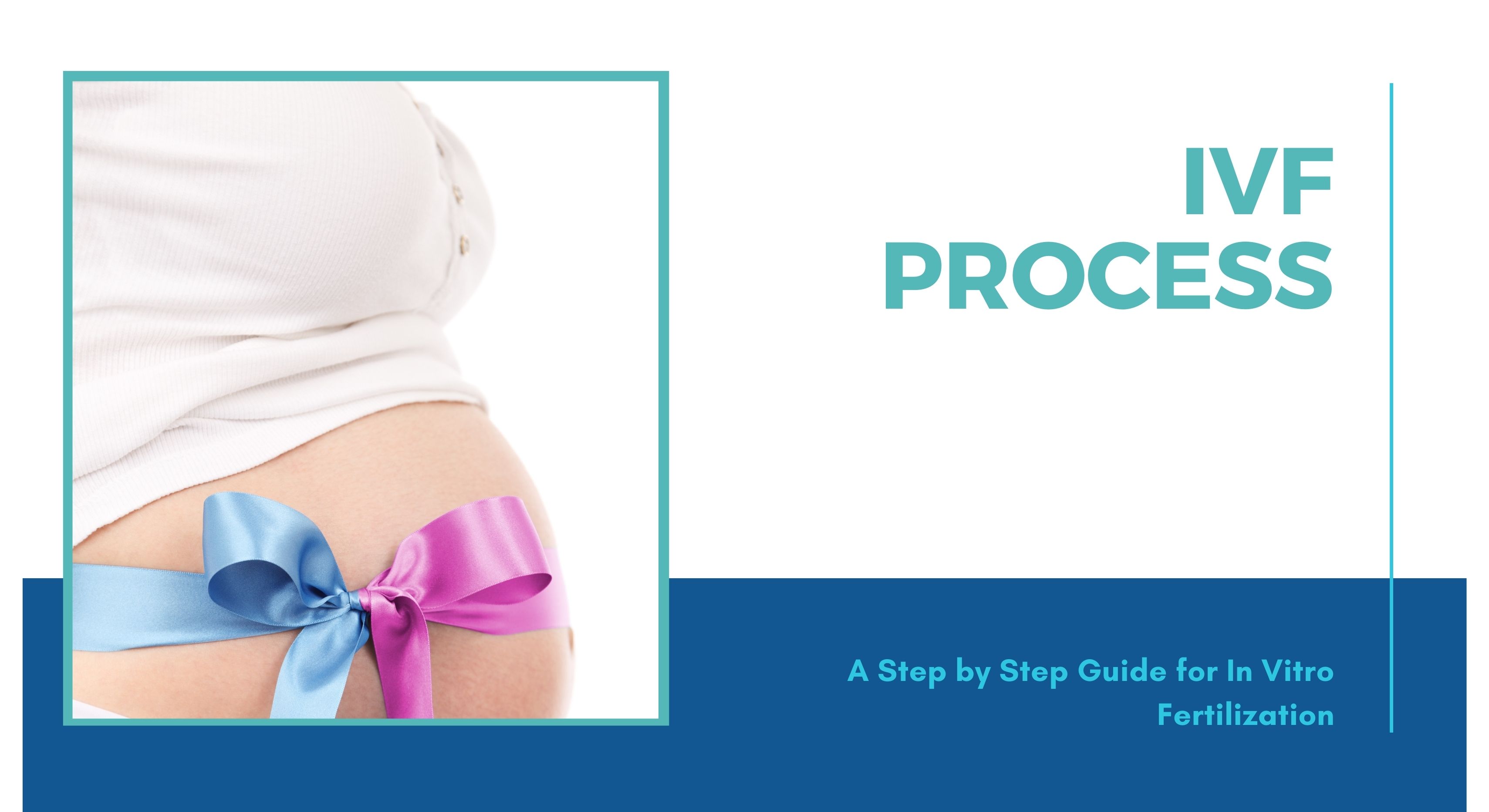What is IVF
You have read above about the IVF treatment in India, so before we share with you the Top 10 IVF centers in India, let us tell you a bit about IVF treatment. In Vitro Fertilisation is the full form of IVF! You might be aware of what fertilization means, while 'in vitro' means performed or taking place in a test tube, culture dish, or elsewhere but outside the living organism. Now you might get an idea about IVF treatment; eggs and sperm are retrieved from the couple (or donor) to fertilize them outside the human body. Then, as the embryo develops (in incubation), the healthiest one is selected for implantation (back in the uterus of the couple or carrier). You need to visit a fertility lab for this. Along with treatment, you will receive the knowledge of each step by a fertility specialist, a gynecologist, or a physician/surgeon. India is among the most developed cities in India and you can find effective and affordable treatment in this city.
IVF Process Step-by-Step
Stimulation- Females produce one egg during each menstrual cycle, but IVF doctors prefer to retrieve more than one egg. Today through fertility medications that contain hormones, ovarian follicles are stimulated to produce more than one egg. This technique is called Ovarian Hyperstimulation. During this time, the doctor will perform regular blood tests and ultrasound to monitor the production of eggs and also to know when to retrieve them.
Egg Retrieval- Follicular Aspiration is the other name of Egg Retrieval, this is a surgical procedure in which a very small and thin needle is inserted through the vagina for the collection of eggs from follicles. The doctor takes the help of vaginal ultrasound visuals to guide the needle to one ovary and then the other. Usually, two dozen eggs are retrieved in this process. Through gentle suction, needles suck the follicular liquid (which contains eggs).
Preparation Of Eggs And Sperms- Meanwhile, sperms are also collected from the male partner. In this step of the procedure semen and eggs are tested for their quality and potential of fertilization. Embryologists take out the eggs from the follicular liquid and freeze them. While sperms are taken out from semen by the method of sperm washing (in this inactive cells and seminal liquid is removed). Doctors also pick out the fittest and the healthiest sperm for fertilization. This means sperm that are not too big or small, and their tales are also not too tall or short.
Insemination- Fertilization is also called insemination, it means mixing of sperm and egg. This can be done in two ways, doctors upon their experience, quality of the sperm and egg, and couple's consent opt of either method. The first one is conventional insemination, in this 75000 sperms and one egg are left in a petri dish in the culture medium. Another one is ICSI, it used when sperms aren't motile, one sperm is injected into the cytoplasm of the egg. No matter which method is opted, the fertilization is examined on the next morning.
Embryo Transfer- When the embryo grows into a multicellular form (i.e. more than 6-8 cells) it is considered to be ready for the transfer. Multiple eggs are fertilized and doctors choose the best and the fittest embryo for selection. Only one embryo can be transferred, only in rare cases two (and not more) are transferred. Implantation (or transfer) involves inserting a thin tube called a catheter into the vagina, past the cervix, and into the uterus. The embryo is then expected to plant in a few days.
Pregnancy Tests- Female is termed pregnant when the embryo implants itself in the uterine wall, this is diagnosed through the blood tests. If the test is negative then, the embryos that were left, one of them will be implanted in the female according to the doctor's judgment of the required rest time.
What is In-Vitro-Fertilization (IVF)?
How IVF Works?
So now we will be discussing the procedure of IVF treatment. It is important to know the procedure as then only you can understand what the doctor is describing and how to choose the best IVF center for you. Below we have broken down the IVF treatment into simple steps, these steps further have different techniques too.
Ovarian hyperstimulation- It is the first step of IVF treatment. Women's ovaries are medically stimulated by fertility medication. This is done to achieve ovulation, the ovarian follicles produce more eggs than usual, and also the eggs get mature in shorter times. Hormones are injected for this.
Egg retrieval- This is a process where mature eggs are to be taken from the woman's ovary. Due to hyperstimulation, doctors can get as many as thirty eggs by both the sides of ovaries. This process is done two hours before the expected maturation period. For this, the transvaginal oocyte retrieval technique is used. Post this, mature eggs are then kept in a nutritive liquid, in a frozen state.
Egg and sperm preparation- Here both of them have to be examined. Doctors usually have around two dozen eggs to choose from, their structure, maturity, and development are assessed. Even male semen is collected by now. Through 'sperm washing' sperms from semen are differentiated. Inactive cells and seminal liquid are removed from semen in sperm washing.
Co-incubation- Here, the fertilization happens, which can be done in two ways:
- Conventional insemination- In a culture dish, with a ratio of one egg to 75000 sperm is mixed and left for about 16-24 hours, so they can fertilize on themselves.
- Intracytoplasmic sperm injection (ICSI)- As the name says, one sperm cell is selected. It is injected in the egg by a very thin needle. Sperm is inserted at the center of the egg. Males with low sperm motility opt for this. (In both cases, when the egg gets fertilized, it is kept into a special growth medium and left for about 48 hours. In this much time, the egg develops into a multicellular structure, which consists of six to eight cells. This process is called embryo freezing.)
Embryo transfer- In the fertilization stage, doctors fertilize more than one egg. Now they examine the fertilized eggs for their health and chances of implantation. In some countries, it is allowed to implant more than one embryo, but not in India (Though in special cases, two embryos can be implanted). Embryo(s) is inserted into the uterus, the transfer is usually painless and quick. If successful, the embryo will implant in the lining of the uterus.
Pregnancy Tests- Female is termed pregnant when the embryo implants itself in the uterine wall, this is diagnosed through the blood tests. If the test is negative then, the embryos that were left, one of them will be implanted in the female according to the doctor's judgment of the required rest time.



 IVF Centers
IVF Centers IVF Doctors
IVF Doctors Joint Replacement
Joint Replacement Spine Surgeries
Spine Surgeries Dental
Dental Slimming/Weight Loss Clinics
Slimming/Weight Loss Clinics Hair Transplant Clinics
Hair Transplant Clinics Physiotherapy clinics
Physiotherapy clinics
 Search
Search





